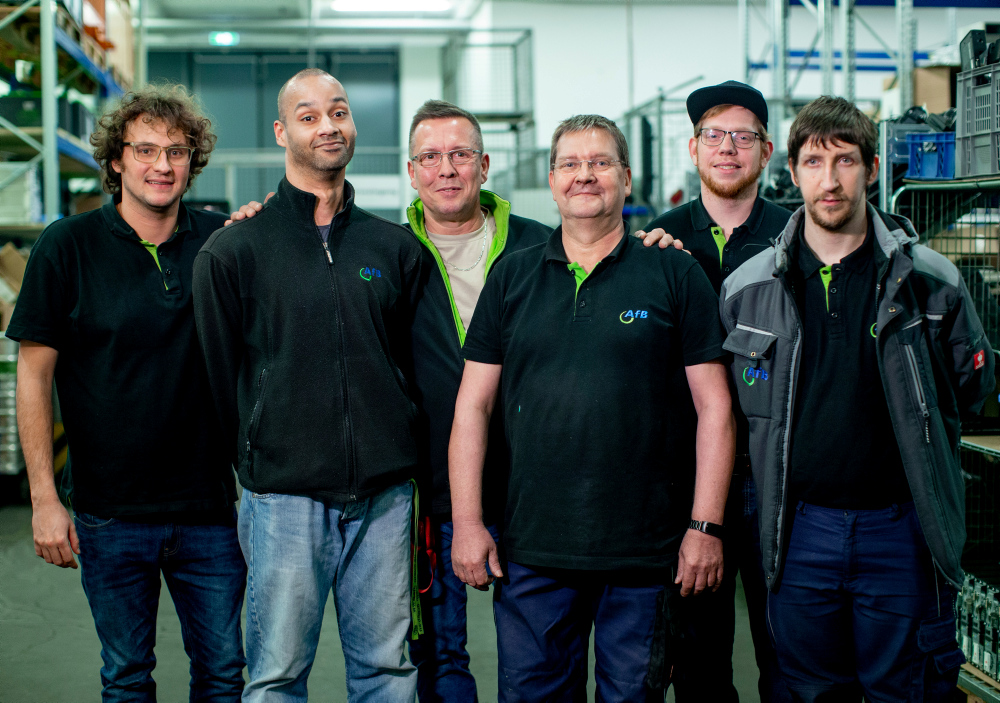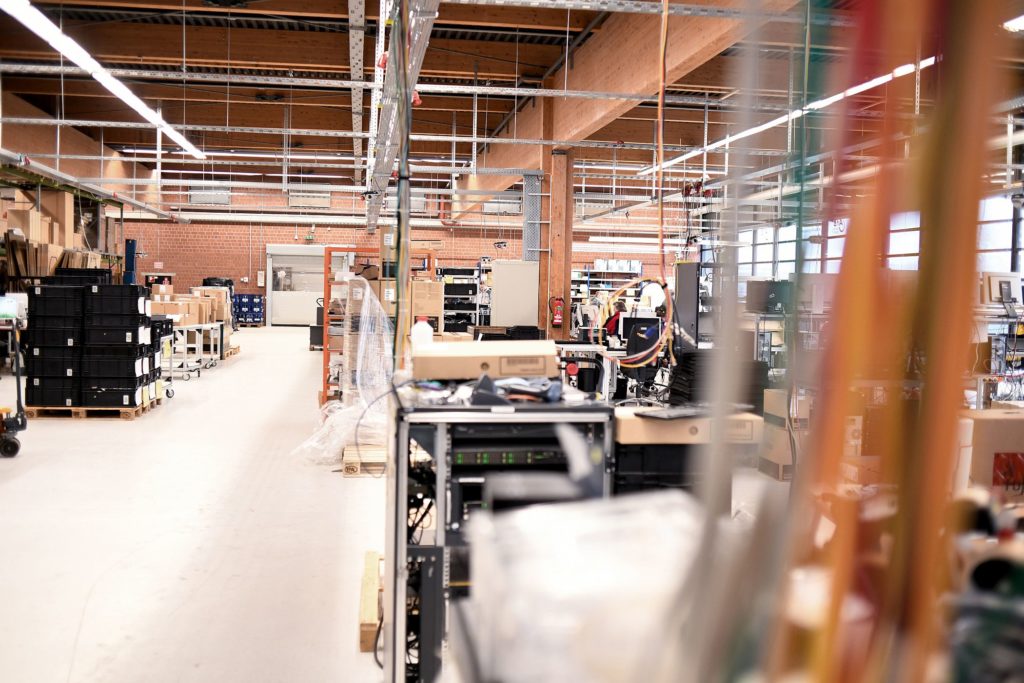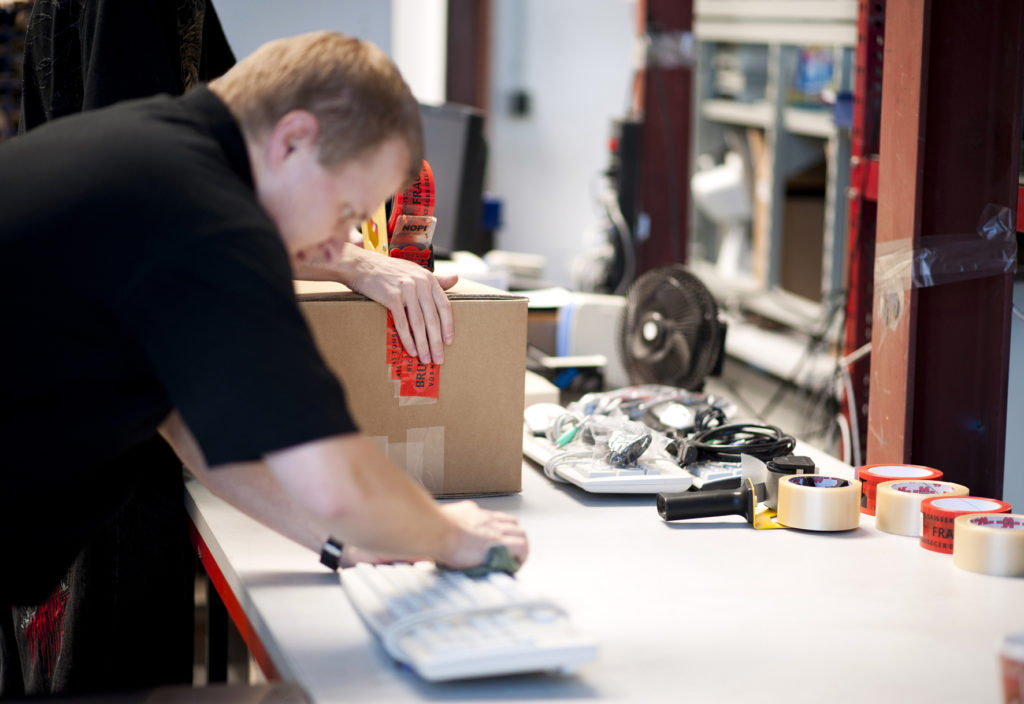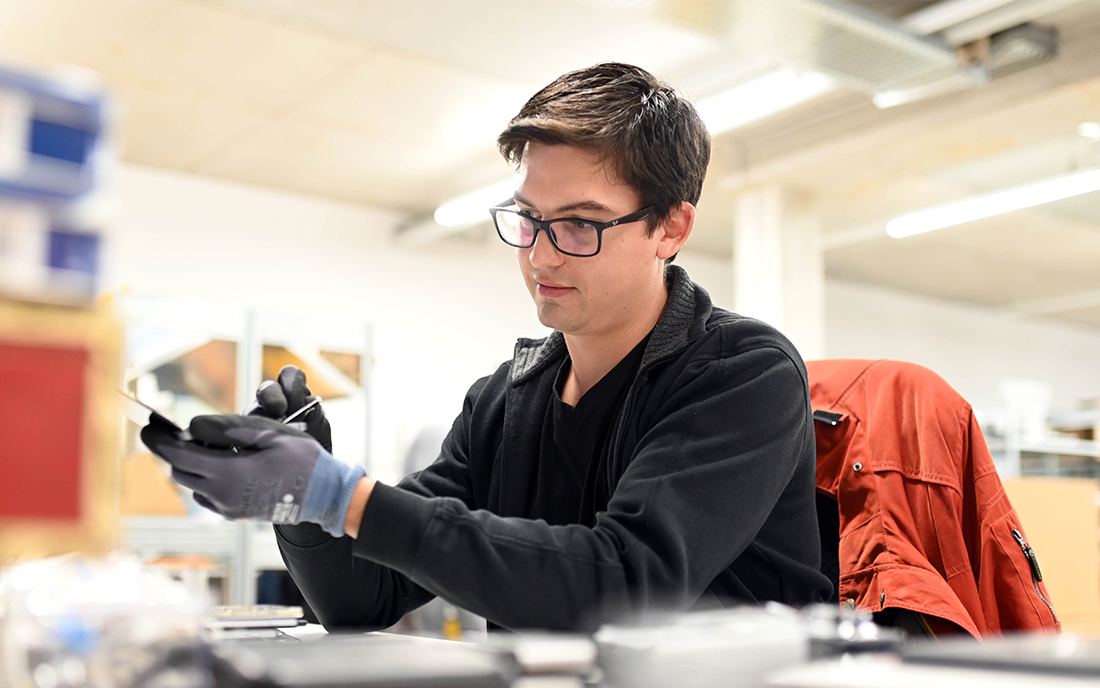This post was originally published on Good Search
#cmsmasters_row_650da8a3055ca .cmsmasters_row_outer_parent {
padding-top: 20px;
}
#cmsmasters_row_650da8a3055ca .cmsmasters_row_outer_parent {
padding-bottom: 0px;
}
#cmsmasters_row_650da8a30573b .cmsmasters_row_outer_parent {
padding-top: 0px;
}
#cmsmasters_row_650da8a30573b .cmsmasters_row_outer_parent {
padding-bottom: 40px;
}
#cmsmasters_divider_650da8a305ab9 {
border-bottom-width:0px;
border-bottom-style:solid;
padding-top:10px;
margin-bottom:10px;
}
The social business AfB is a driver to turn the IT industry more green by refurbing used hardware. It’s mission, however, is bigger: It seeks to create at least 500 long-term jobs for people with disabilities.
When Paul Cvilak founded AfB as a company which refurbishes used IT hardware back in 2004, he knew it would not be an ordinary company. AfB has a social mission deeply embedded in its company DNA: the integration of people with disabilities. The target was also defined right away: long-term employment for 500 people with severe disabilities. This is an enormous number, is we consider that the integration of each individual employee has its very specific challenges. In order to anchor the mission, the joint holding company, a non-profit public limited company in which the employees of the group in particular hold shares, was registered in the commercial register under the name Initative 500 gAG.
Important milestone towards the 500 target reached
The company is on track. AfB refurbished 528,000 computers, smartphones, tablets and other IT devices last year (2022) and was able to give two out of three devices a new life. The company is present in Germany, Austria, Switzerland, France and Slovakia and sells the refurbished devices both in its own shops and via its online shop. The business model works. The company is 95% self-financing, according to Christoph Teusch, AfB’s CR manager.
Most importantly: The company now has 650 employees, half of them people with disabilities. That is significantly more than the 30% required by law to be recognised as a non-profit inclusion company. The target of 500 people with disabilities being employed is getting closer.

AfB as a driver for the circular economy in IT
The IT industry is not considered particularly climate-friendly. Apart from the fact that digital services play a central role in the sharing economy and CO2-intensive travel can now be replaced to a good extent by video conferencing, printed paper by electronic documents. The greatest CO2 emissions, however, are not caused by the use of an electronic device but at the very beginning: during its manufacture.
AfB wants to change this. By extending the product life cycle, AfB made it possible to save let alone in 2022
- 22,800 tonnes of raw materials
- 170,800 MWh of energy compared to new production
- 318 million litres of water
- 44,700 tonnes of greenhouse gases
In a study conducted together with the myclimate foundation in Zurich, AfB calculated that the purchase of a newly refurbished computer can improve the CO2 balance by up to 66% compared to a new purchase if the original computer remains in use for three years. You can find the complete AfB life cycle assessment here.

Corporate Engagement – Donated devices reduce the digital divide worldwide
Many companies have already written off their IT equipment or are actively looking for ways to engage socially. AfB offers strong corporate engagement options. Companies that donate their used hardware create new scope for action for AfB. This allows AfB to make the refurbished equipment available to social initiatives worldwide. For example, partnerships exist with the JOBLINGE initiative, which helps disadvantaged young people make the leap into the labour market, or with the global NGO Labdoo.org, which collects unused, discarded laptops, tablets or eBook readers for regional projects abroad.
Labdoo.org wants to use the donated devices to reduce the “digital divide” worldwide in an ecologically responsible way and give children access to IT and education. So-called “flight sponsors” transport donated IT devices CO²-neutrally to other countries as part of a trip that is taking place anyway and hand them over there so that schools as well as children’s and youth projects (“Edoovillages”) all over the world can be supported free of charge. Flight sponsors also take care of the return transport of IT equipment if it can no longer be used at some point and is to be disposed of properly in Europe.
Social & green IT for schools
AfB has been supporting the non-profit initiative “Das macht Schule” since 2021. This means that companies can donate used laptops, PCs, printers and monitors to schools very easily via AfB’s service. This is extremely effective. According to the German School Barometer, the lack of hardware is the biggest bottleneck in digitalisation for around 60% of schools and 80% of pupils.
As a non-profit company, AfB also supports teachers and schools in planning and implementing notebook and tablet classes.

The magazine article was updated on 12 September 2023. It originally appeared on 7 June 2021 under the title “This social enterprise uses discarded IT equipment to make the world more social and green.
Questions, criticism, suggestions? Write to us!
Dr. Andreas Renner, Co-Founder GOOD: andreas@good-search.org
The post Making the world a greener and more socially responsible place with used IT equipment? Here’s how! appeared first on GOOD – The search engine for a better world.





0 Comments